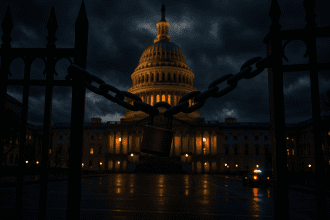Stablecoins $1-pegged digital tokens Stablecoins backed by cash and short term Treasuries are starting to look like the internet’s version of cash money that moves anytime, anywhere, with low fees and instant settlement. Fed Governor Christopher Waller calls them a smart next step for payments if they’re built with solid rules. Chair Jerome Powell agrees, saying they deserve real federal oversight because, well, they’re money in all but name.
The U.S. is now laying down the foundation for that oversight. The GENIUS Act and other proposals would make issuers get licensed, hold full 1:1 reserves, publish real-time reports, and allow instant redemptions. That setup cuts out the big risks bank runs, shady loopholes, regulatory gaps. For businesses, it’s a win instant settlement means better cash flow, fewer chargebacks, and automated systems that actually work. For consumers, it’s faster, cheaper payments that never close.
While the U.S. leans toward privately issued, regulated stablecoins, Europe’s heading down a different road with its public digital euro. If both paths find their rhythm, dollar backed stablecoins could quietly strengthen global demand for U.S. assets and make payments feel as easy as sending a text.
Startups and creators are already catching on. With stablecoins, tips, subscriptions, and royalties can settle in minutes small payments suddenly make sense again. Apps can tap into existing rails instead of building their own clunky systems. Congress is making real progress on a framework, and even central banks are calling stablecoins part of financial infrastructure. Companies experimenting now will be the ones ready when the rules lock in.
Stablecoins aren’t about hype they’re about trust. Fully backed, regularly audited, carefully watched. The Fed seems supportive, as long as oversight stays tight. Next up: the U.S. rulebook on licensing and reserves, more banks joining the mix, wallet design standards, and global reactions from Europe and Asia. Bottom line? Don’t fear the rails shape them. With the right rules, stablecoins can make digital dollars feel effortless and keep the U.S. at the heart of global payments.






















